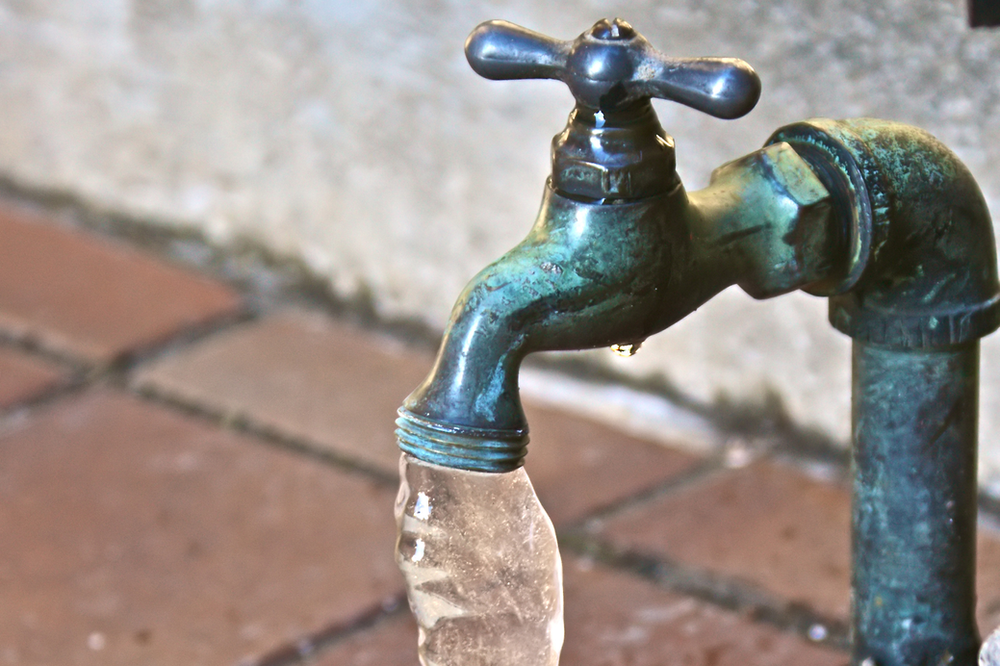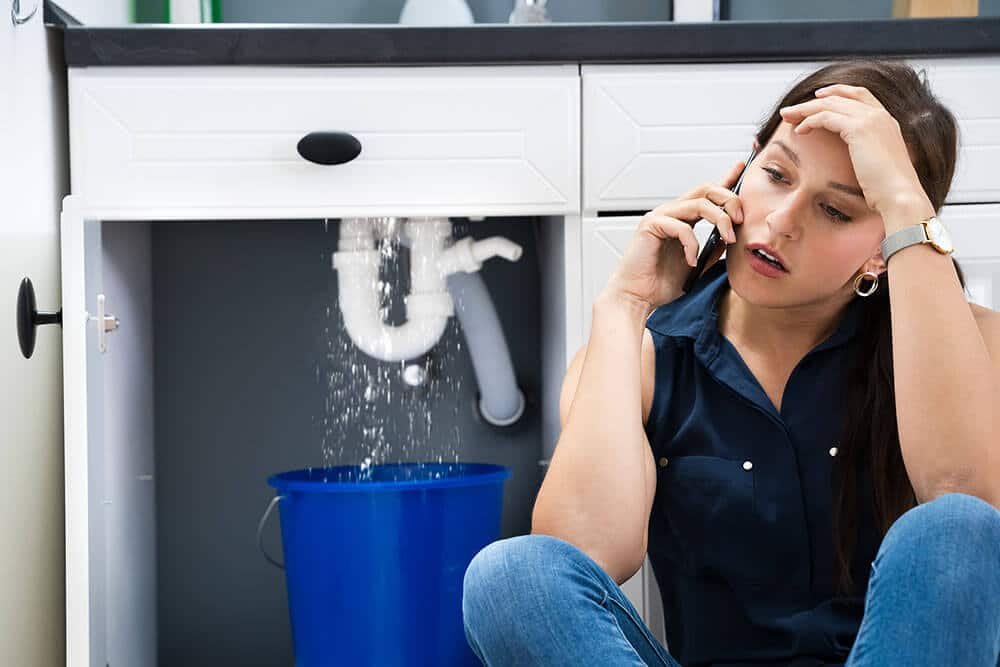Diving into the Basics of Home Plumbing: A Beginner's Tutorial
Diving into the Basics of Home Plumbing: A Beginner's Tutorial
Blog Article
What're your ideas regarding How Does the Plumbing Work in Your Home??

Plumbing is an important facet of any home, responsible for providing clean water for drinking, food preparation, and bathing, as well as eliminating wastewater securely. Understanding the fundamentals of home plumbing is essential for each home owner to ensure appropriate upkeep, troubleshooting, and, if needed, repairs. In this beginner's guide, we'll cover the basic principles of home plumbing to help you end up being a lot more knowledgeable about exactly how it works.
Water Heater
The water furnace is responsible for heating water for domestic use, including showering, food preparation, and cleansing. Typical kinds of hot water heater consist of tank-type hot water heater, tankless (on-demand) hot water heater, and heatpump hot water heater. The hot water heater is attached to the water system and provides warm water to plumbing components as required.
Drain System
The drain system eliminates wastewater from your home and brings it away to a sewage treatment facility or septic tank. It contains a network of pipelines, installations, and components that deliver wastewater from plumbing components to the primary drain line or sewage-disposal tank. Proper drain is important to avoid obstructions, back-ups, and sewer leaks.
Ventilation System
The air flow system aids preserve appropriate air pressure and avoid sewer gases from entering your home. Air vent pipelines, likewise referred to as vent heaps, extend from plumbing fixtures to the roof covering, permitting drain gases to leave safely outdoors. Ventilation pipes additionally enable air to enter the water drainage system, assisting in smooth wastewater flow and preventing suction or vacuum cleaner impacts.
Water Supply System
The water system brings tidy water into your home from a local water source or an exclusive well. It includes a main water line that attaches to your home's plumbing system, typically situated underground. A water meter determines the amount of water taken in, while a shut-off shutoff enables you to regulate the flow of water right into your home.
Plumbing Fixtures
Plumbing components are gadgets that supply water to different parts of your home and consist of sinks, faucets, bathrooms, showers, bath tubs, and home appliances such as dishwashers and washing equipments. Each fixture is attached to the supply of water system via pipes and installations and may have its shut-off valve for upkeep or emergencies.
Usual Plumbing Tools
Having the right tools accessible is important for executing standard plumbing repair work and upkeep tasks. Typical plumbing devices consist of adjustable wrenches, pipe wrenches, pliers, pipeline cutters, hacksaws, bettors, augers (or drain snakes), and Teflon tape. Having these tools easily offered can help you deal with small plumbing concerns efficiently.
Fundamental Plumbing Fixings
While some plumbing fixings may require expert aid, many common problems can be resolved with standard DIY techniques. Learning how to take care of a dripping tap, unblock a drainpipe, change a commode flapper, or repair a dripping showerhead can conserve you money and time on plumbing repairs.
Conclusion
Comprehending the fundamentals of home plumbing is necessary for every single home owner to keep a secure, functional, and reliable plumbing system. By acquainting on your own with the water system system, plumbing components, drain system, air flow system, typical plumbing tools, and basic repair work, you can with confidence resolve minor plumbing issues and guarantee your home's plumbing system runs efficiently.
Understanding Basics of Home Plumbing System: A Beginner's Guide
The Main Components of Your Home Plumbing System
The Water Supply System
This system is responsible for transporting fresh water into your home. It usually has a main water line that splits into two branches: one directed towards cold water services and the other connected to a water heater for hot water. The pressure is key here; it ensures water reaches all parts of your house.
The Drainage System
Once water has been used, it becomes wastewater that needs to be removed from your home. This is where the drainage system comes into play. It includes all the pipes that carry wastewater and sewage away from your house to sewage treatment facilities or septic tanks.
The Vent System
The vent system prevents sewer gases from entering your home and helps maintain the pressure balance that allows wastewater to flow out properly. These vents usually exit through the roof of your house.
Water Heating System
For those who enjoy hot showers or using hot water for cleaning, the water heater is a crucial part of the plumbing system. It can be a tankless system, which heats water on demand, or a traditional water tank model.
Common Plumbing Problems and Basic Troubleshooting
Plumbing systems, while designed to be durable, can face issues like clogged drains, leaky faucets, or low water pressure. Here are some basic troubleshooting tips:
Clogged Drains
Use a plunger or a plumber's snake to try and dislodge whatever is blocking the drain. Regular cleaning can prevent clogs.
Leaky Faucets
Often caused by worn-out washers or gaskets, these can usually be replaced by someone with basic DIY skills.
Low Water Pressure
This might be due to sediment build-up in your fixtures or a leak somewhere in your water line. Cleaning out aerators or seeking a professional to detect leaks might be necessary.
Preventive Maintenance Tips
Maintaining your plumbing system is key to avoiding emergencies. Regularly check for leaks, avoid disposing of grease down the sink, and have your system inspected by a professional plumber at least once a year.

As a fervent person who reads about Plumbing Basics Every Homeowner Should Know, I figured sharing that portion was important. Enjoyed our write up? Please share it. Let another person locate it. Thanks so much for going through it.
Call Report this page